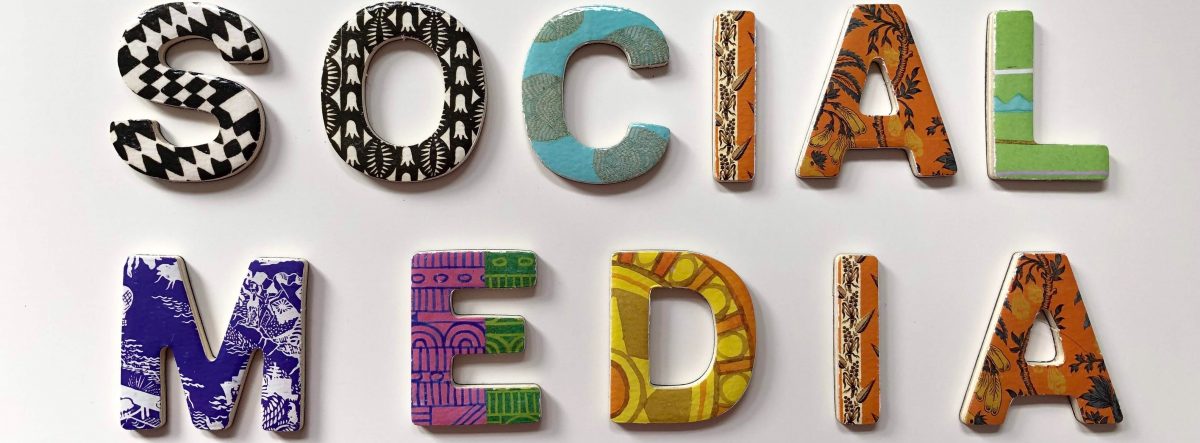In the early 1900’s a “brand” was simply a logo attached to your business. At the turn of the millennium, a brand become a more abstract concept: it became an idea, packed with feelings people could relate to your company. Branding was now associated with stories, experiences, and memories that evoked a breadth of emotions.
Nowadays, it’s continuing to evolve, specifically making use of a platform that connects the entire world: the internet.
What is a Digital Brand?
A digital brand is a company’s online image and style. It’s their online persona, aimed to create positive connections between its consumers and the product/services it delivers. Digital branding, if done well, should consistently create appealing brand images and messages that align with the values of its company’s consumers.
Developing a Brand Voice
The most important aspect of digital branding is developing a brand voice. Your brand’s unique voice must resonate with your audience and be crafted in such a way that is relatable. The relation should evoke consistent and memorable feelings. The type of relatable message most lucrative to your business, can take the form of a range of emotions: happiness, fear, comedy, romance, etc. The most important element in regards to this voice is consistency. Introducing fear after years of sentimentality is a risky shift and may throw many of your loyal followers off guard.

At the least, your brand’s voice should consist of: a description of the brand’s position in relations to the rest of the marketplace, and a transcription of the brand’s “personality traits” to provide both your team and your customers with insight of how your brand thinks.
The brand’s voice needs to be ubiquitous throughout your digital branding ecosystem. Also, see that there is no dichotomy between your brand’s voice on print vs. digital platforms.
Breaking Down a Brand’s Ecosystem
It’s imperative that a company leverage specific channels to reach their target audiences and stress their brand image. We refer to this framework of channels as the brand’s digital ecosystem.
The way a company brands themselves on these channels will be able to increase the overall impact of the brand.
The channels used in this ecosystem include the following:
Site/Blog
This is the foundation of your company’s online presence. With a consistent stream of content and use of effective SEO techniques, your brand will garner traffic and have the ability to gather data to manipulate their image accordingly.
It’s essential that you consider the brand’s online visual identity and develop the visual assets accordingly. These assets include: A unique color palette, logo, consistent fonts (typography), and an app style guide that directs how certain functions appear whilst performed.
With a blog, your essential conversing with your consumers. You’re relaying information that they would find interesting or prove helpful. You’re providing them with insight everybody’s what goes on behind the scenes, what gives your brand value. It’s imperative that you stress your brand’s virtue, reassuring your customers that they’re loyal to a good cause.
Social Media
In a research report published by Social Fresh, the most important goal of a social media presence was to grow brand awareness.
Because of social medias immense popularity and ease of use, many brands believe that it’s the most effective way to increase awareness, and the easiest to implement as well. A vast array of tools, such as Flurry Analytics and Hootsuite make it easy to post content and then track engagement from brand exposure to customer retention.
The content that gets posted on your various social media channels should be unique to the particular channel, yet also be in accordance with your brand’s voice.
Each unique social media platform has particular audiences and strengths that you must have knowledge of to craft content accordingly. In our blog you may find more info about how to use social media for your business.

Podcast
In 2005 when Apple first implemented podcasts into Itunes, Steve Jobs referred to the new avenue of insight as being like “TiVo for radio.”
He prophesied that podcasts were going to revolutionize the way we listened to radio programs, just like streaming services have taken over T.V.
And the man was right, it took a while for the technology to catch up and land in everybody’s pocket, but his prophecy was nevertheless realized.
In order to create the strategy for your podcast, it’s important that you take analytics from other tools used in branding/marketing efforts such as social media. Once you make sense of the analytics, base your podcast on what your consumers find interesting and engaging. Your podcast should deliver value to your audience.
Mobile Application
A mobile app for your business can be shaped in multiple ways. In the most directly lucrative sense, it can be a platform to purchase products/services from, such as buying coffee from your phone using the Starbucks app for example. But a mobile application has the ability to be so much more than just a profit-generating tool, businesses need to explore ways to use the app as an extension of its brand image.

The way a brand develops visual assets for its mobile application should be congruent to the look and feel of a company’s webpage. Like mentioned before, consistency is key. A unique color palette, logo, consistent fonts, and an app style guide that directs how certain functions appear whilst performed.
Conclusion
Untap your business’s potential; if when you look at it all you see is a solid logo that generates profit through good old fashion business, we assure you, in today’s world, there’s potential to be so much more. If you feel you’ve plateaued, we assure you that the next step is digital branding. And now that you have basic knowledge of the avenues to take, see that your brand reaches new heights. And if you’d like more personal direction, feel free to contact us, we’ll be happy to help.




